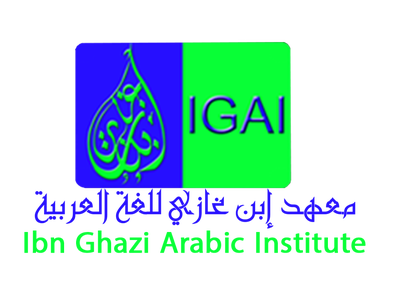Plaster is a white soft powder composed of lime and sand or lime and cement with water. This mixture forms a smooth hard surface when dried. Historically speaking, plaster marked an early presence in the Moroccan architecture both as a building and decorative element as it can be used to coat and decorate walls and ceilings of mosques, palaces and houses.
Floral or geometric, plaster decorative elements are usually restricted to specific places either in a mosque or a house. For example, the mihrab in the mosque enjoys a very particular attention as far as plaster decoration is concerned. This is mainly because of the holiness of the place as it is considered to be the House of Allah.
The process of constructing decorated plaster carvings is done by two different master craftsmen; namely, tarah and neqash. The first one prepares the plaster dough and lays it out in its specified place, which can mostly be a ceiling, a dome, a mihrab, crowns, columns, the exterior part of the arches as well as around the windows and the main gates of mosques and old schools. The neqash, or the carver, resumes the work of tarah and starts the carving process using lmerbaa and following a particular pattern which he prepares before on cardboard.





Thank you, I watched the documentary on plaster carving at the Met. They mentioned that they were allowed to use plaster from Morocco, which was more pliable for a longer period of time.nit was pinkish in color. . How is this plaster different than our commonly available plaster of Paris? Is there a way to modify our plaster so it has more attributes similar to the Moroccan plaster? Thanks, Dave Gross